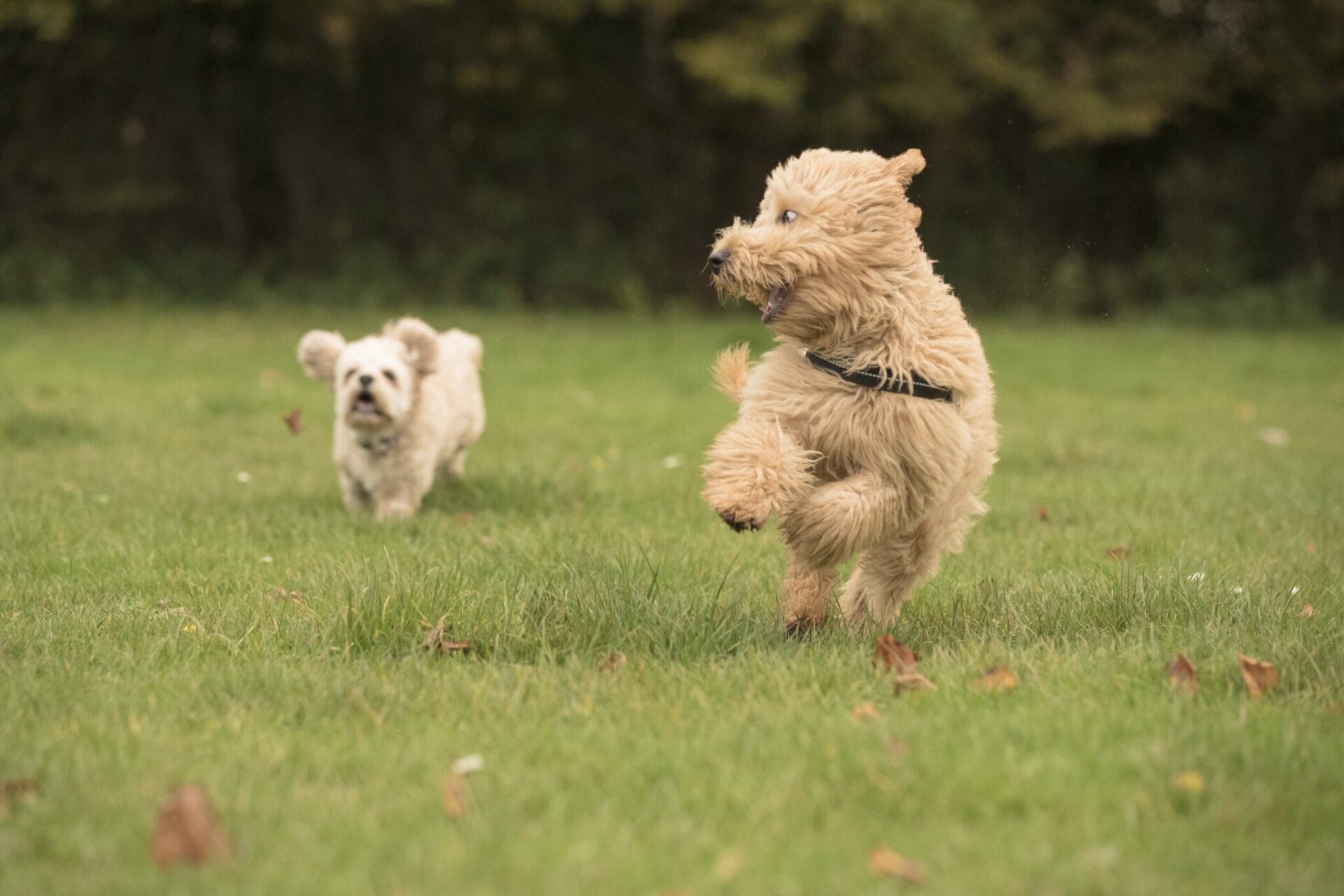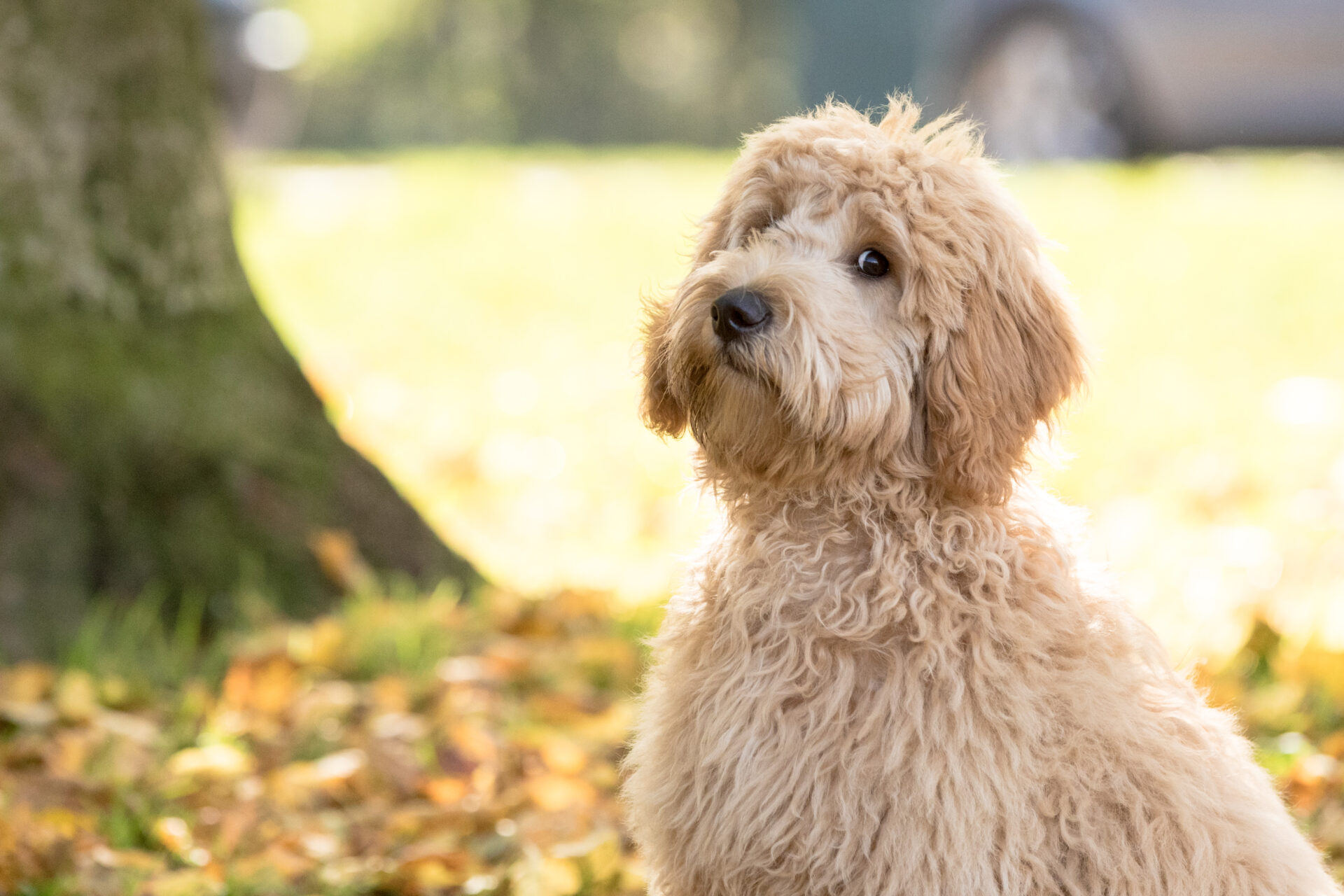Leading The Way Pet Care shares some advice on how to get you pet to re-adust to routines post-lockdown.
During the pandemic, the period of lockdown has been stressful for most people, and for their pets. Our normal routines have been disrupted: schools have been closed with parents juggling home-schooling, alongside attempting to work from home, many people may have lost their jobs, some people have been forced to stay indoors for almost ten weeks, with minimal social contact with anyone else, hundreds of thousands of people have been sick and tens of thousands of families have experienced the tragic loss of loved ones. This level of stress is unprecedented and the issues of change, and the anxiety it may cause, can affect our pets too.

What we all want is for ‘things to get back to normal,’ but that rarely happens overnight after any incident and, as we begin to emerge from the current Covid 19 crisis, ‘normality’ as we knew it may yet be months away. However, we are now able to take the first steps towards a less restricted life and that means more change. To our dogs and cats that have been slowly adapting to the new situation of lockdown, with all the changes that that has necessitated, a further period of sudden change will be additionally stressful.
How life for our pets has changed during lockdown
During lockdown, home for our pets has changed. It doesn’t feel or smell the same as it did before and the daily routines that we now have, are different from what they had been used to. Now, as we slowly move towards the ‘normality’ that we humans crave, our cats and dogs will have to experience further change that they might not entirely like.
Most of our homes are only designed for us to be all together for limited periods of relaxation during the day. However, many families have had to combine leisure with exercise, schooling, work, multiple screen usage, board games, jigsaws and endless rounds of eating – all competing for space in what was once the pet’s ‘safe zone.’ While this may have been an additional stress for many pets, the upside of this was that our pets had their human companions around, all of the time, something that many dogs and cats have found exciting or comforting and reassuring.
The impact of returning to work
For many of us, moving forward will involve a return to work but maybe not a return to school for some time – and that will necessitate additional organisation and further change if child care is to be carried out at home with ‘new’ people or if, suddenly, the house will be empty of people for several hours at a time. For those pets who enjoy the company of their human family, this will be stressful and may lead to the exhibition of anxiety-induced changes in behaviour such as barking, pacing, chewing, inappropriate toileting and some destructive behaviours.
As far as we know, our pets live in the moment. We don’t believe they make plans or anticipate future events. For young animals, the last three months may be a significant proportion of their young lives and they may have forgotten what life was like before lockdown. However, for the vast majority of pets, the ‘new normality’ will soon begin to look much like their ‘old normality’ and, as their owners, managing that transition to minimise their anxiety is our responsibility.
However, with a return to work, or the need to seek work, many families will be hard pressed to find the time to pay extra attention to their pets during this period. In many cases, it may fall to the children to pay added attention to their pets, but children can easily be distracted, despite their best intentions.

Changing your pet’s routines
Most families will be creating new routines for their everyday life and incorporating family pets into these routines is important. High energy dogs need a significant period of exercise and, during lockdown, some may have had far less exercise than they might need while others may have become used to a level of exercise that families will struggle to maintain, once our working lives return. Dogs deprived of exercise, and of the distraction of human company, usually make their frustration known in some form, which can easily be interpreted as unwanted behaviour.
Many families will have suffered a serious illness or tragic loss over this period, and running with the dog may be far from our minds at this time, but establishing a regular, consistent exercise routine for the dog is an important part of returning to normality and building this into the family’s daily routine will help to ensure that destructive behaviour can be kept to a minimum.
Leaving your pet for short periods of time
Returning to work may necessitate leaving your dog for short periods of time but remember that, for almost ten weeks, your dog may not have been left alone at all and this will take a period of adjustment. Returning to work may mean more time spent travelling and you may need to leave the dog for longer periods than you would choose. As we should never leave our dogs alone for longer than three or four hours at a time, it is important to make robust arrangements for others to come to spend time with your dog, to act as company, and to provide supervised exercise while you are out of the house. If your dog has been crate trained, take the time to reintroduce the crate slowly and gradually, so that you can go back to using the crate as his safe place and it will not be seen as a punishment.
If you need to take your dog to a dog sitter, remember to take a familiar blanket, or something similar, with you so that your dog can retain the security and familiarity of something from home.
During lockdown, the responsibility to make sure that there has been plenty of clean water available may have been a task shared by many people but, once we get back to a different routine, this will need to be an important thing to remember – especially in the summer weather. If dogs are to be left outside for any period, there must be adequate and accessible shade and shelter from rain, wind and sun as well as a plentiful supply of clean, fresh water.
Before you return to work, try to introduce a few short periods when you are all out of the house, to help your dog gradually acclimatise to the change. Make sure you leave clean water and toys, as well as ensuring that you leave your dog in a familiar place and one where he will be staying once you get back to work.
The impact of lockdown on cats
All of the points mentioned above have been in relation to dogs but many of us also share our lives with one or more cats. Cats are usually recognised as being more independent and more self-assured than many dogs, but cats are also very susceptible to change. A more naturally anxious cat might easily assume that long periods of isolation during the day would indicate that the humans may have left, especially if yours is a house cat that doesn’t go outside. Again, all cats are different but you will know your cat better than anyone and will be aware of the little things that she likes, the places she likes to sleep and how she likes to eat during the day. When you go out, make sure that she can get access to water, toys, litter tray and food – if that is her normal routine – as well as her safe place, at all times. Similarly, get her used to your absence with a few short periods of being left alone, building up to a longer period over a few days.
Don’t forget to build in some regular periods of playtime and grooming each day. During lockdown, your dog or cat will have been used to much more of your attention than might previously have been the case, and so building playtime and grooming into each day’s routine will help smooth the transition from a noisy house filled with bustling activity, to a quiet and potentially lonely one for our beloved pets.
These changes will inevitably necessitate a new routine, with your pet spending more time unattended, and this is a good time to introduce some interactive toys that will provide distraction and, when you use ones that contain treats, the fun of liberating a reward.
Finally, over the last few weeks, you will have become used to watching your pet more than usual, keeping an eye on any changes in behaviour and health. As the new routine becomes established, you will need to spend some time actively looking for any changes in behaviour, at the state of your pet’s fur and teeth, at what’s been left behind in the litter tray and also for any parasites. A few minutes spent grooming, each day, will help you keep a check on the outward signs of health and happiness in your beloved pet.
Would You Like to Know More?
Receive more information about this franchise opportunity direct from the franchisor by clicking the link below:
Add to Request List There is no cost or obligation associated with this service.Key Facts:
- Available across the UK
- Franchise
- £8,995
- Yes
- Yes
- Yes
- Yes


